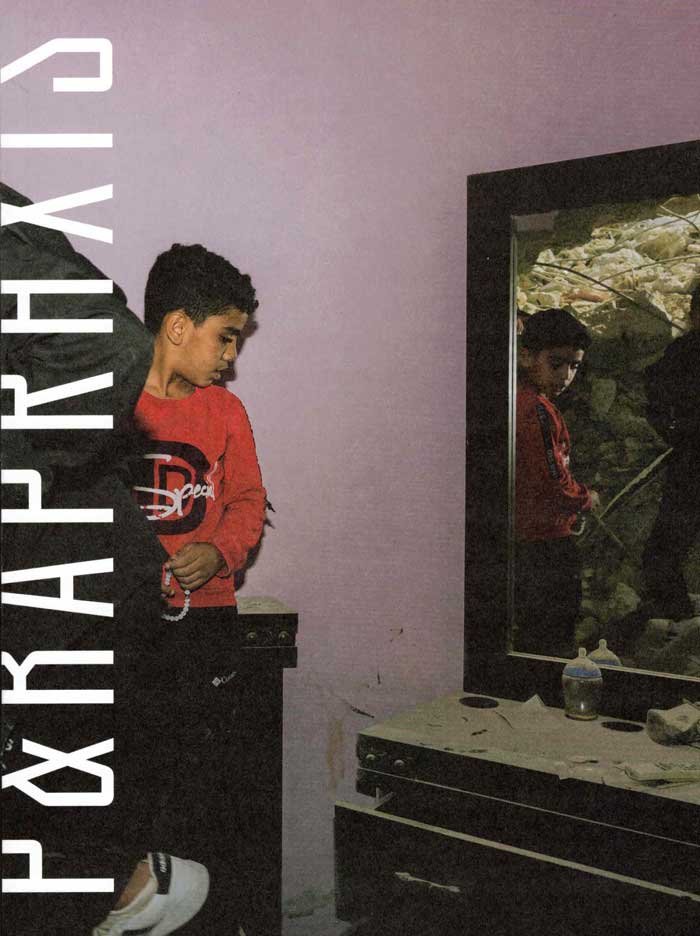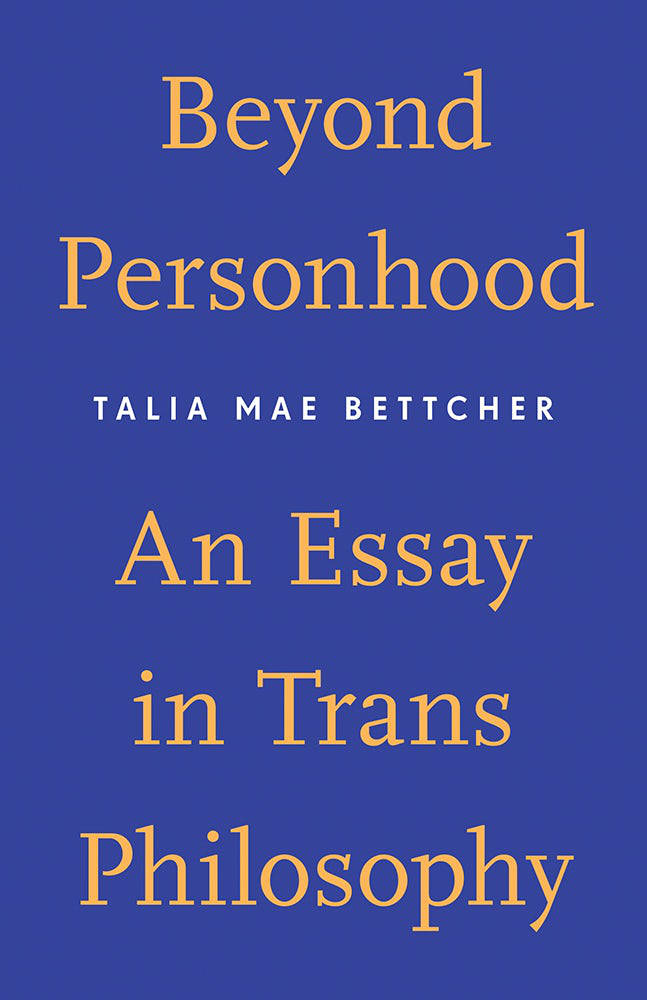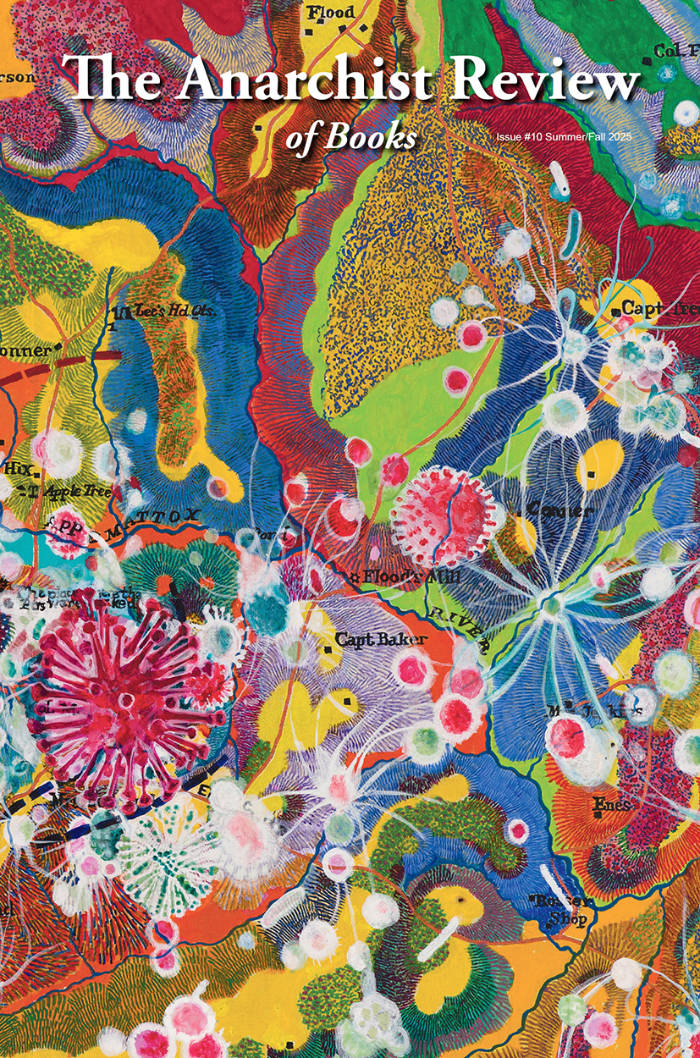
The Palestine Issue (Newsprint fundraiser)
"We release this special issue as one collective voice within the call for abolition, transformation, and exit.
Rather than evacuating our consulting rooms and classrooms of politics, we here seek to put the center of the world at the center of psychoanalysis.
All the proceeds of this issue will go to The Gaza Community Mental Health Programme, where trying to understand and helping the victims of this ongoing catastrophe go hand-in-hand."
Table of Contents The Editors, "“For Life’s Sake”
Nadia Bou Ali, “Social Hell”
Mary Turfah, “Israel’s Reality Principle”
Adam HajYahia, “The Principle of Return”
Rana Issa, “The Right to Exist”
Nihal El Aasar, “Left-wing Melancholia”
Jake Romm, “Elements of Anti-Semitism”
Tad Delay, “Evangelical Zionism”
David Markus, “Persecution Terminable and Interminable”
Kaleem Hawa, “Like a Bag Trying to Empty”
Evan Goldstein, “Freud’s Jewish Closet”
Donald Moss, “On Representations of Evil”
Lama Khouri, “Is This a Dream or for Real?”
Yasmin El-Rifae, “To Know What They Know”
Nadia Bou Ali, “Ugly Enjoyment”






